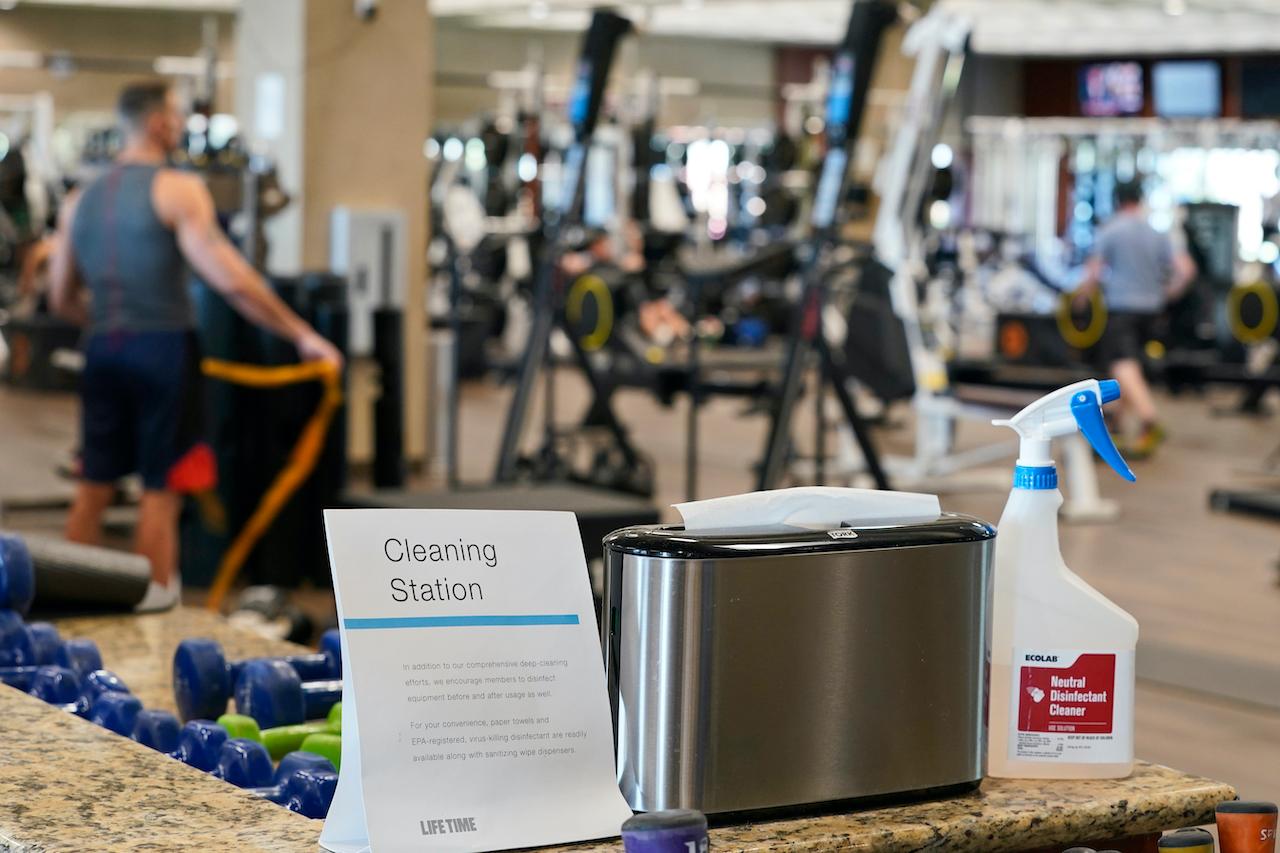New study reveals types of place with highest risk of spreading Covid-19
Residents of low-income areas suffer the worst, because their shops, gyms and churches are more crowded.
Most Covid-19 infections in cities stem from visits to just a few types of place, a new study suggests.
Restaurants, gyms, hotels and houses of worship are among the 10% of locations that seem to supply 80% of infections, according to research published in the journal Nature this week.
“These are places that are smaller, more crowded, and people stay there longer,” said study co-author and Stanford University professor Jure Leskovec at a media briefing on the research.
“Reducing capacity to 20% in these places instead of shutting them down entirely, could curb transmissions by 80%,” he said. “Our work highlights that it doesn’t have to be all or nothing.”
The US study analysed mobile phone data from 98 million Americans in 10 major cities including New York, Philadelphia, Washington, DC, Los Angeles, Chicago and Houston.
Researchers tracked people’s movements to different types of location while looking at the coronavirus counts in their areas, the New York Post reported.
“On average, restaurants, gyms, hotels, cafes, and places of worship produced the largest increases in infections when reopened after lockdowns,” the study said.
Leskovec added that based on the research, infections are happening very unevenly.
“About 10% of points-of-interest account for over 80% of all infections,’’ he said, according to CNN.
Residents of low-income areas suffer the worst, the study indicated. That’s at least partly because residents have fewer of these locations available to them, so the sites become more crowded. For example, nearly 150 Covid-19 cases were linked to a single Massachusetts church.
“Our model predicts that one visit to a grocery store is twice as dangerous for a lower-income individual than a higher-income individual,” Leskovec said. “This is because grocery stores in lower-income areas have on average 60% more visitors who stay there 17% longer.”
CNN noted that the study did not track people to locations with potentially large populations such as schools, prisons and nursing homes.
Subscribe to our newsletter
To be updated with all the latest news and analyses daily.
